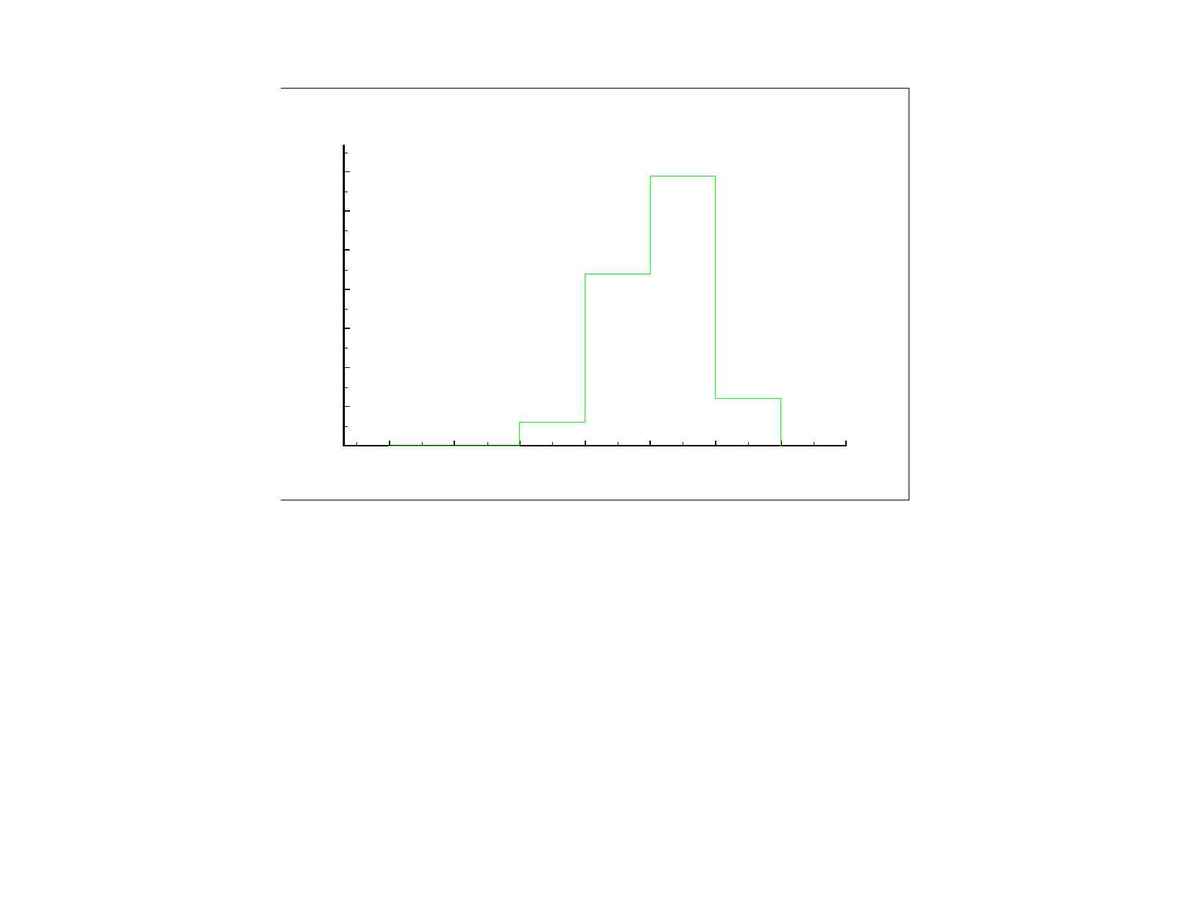Astronomical Applications Department, U.S. Naval Observatory pm AAS poster Page 10

Histogram of crude estimates of periods for the selected double stars, for the systems for which the parallaxes of the two
components are the same within their errors (which is true for 82% of total sample). The periods were computed using the
equation period = (separation/parallax)
3/2
, which provides only an order-of-magnitude estimate for most pairs. The equation
holds exactly only for pairs where the current physical separation is equal to the semimajor axis of the orbit and M cos
3
i = 1,
where M is the total mass of the system in solar masses and i is the inclination of the line joining the two components to the
plane of the sky. Of course, none of these parameters are known. The relation between M and i holds at least approximately
for many plausible configurations, e.g., i=45░ and M=2.8. The current physical separation will always be equal to the
semimajor axis for pairs in circular orbits, and the condition will also hold approximately for pairs in orbits of low
eccentricity. However, for pairs in highly eccentric orbits, the most likely case is that the current physical separation is nearly
twice the semimajor axis. For these cases the period is overestimated by a factor of up to 2.8, everything else being equal.
Despite the many caveats, it is clear that almost all of the pairs that may be gravitationally bound have periods that are many
orders of magnitude greater than the span of observations.
1
2
3
4
5
6
7
8
Log P (P=period in yrs)
0
10
20
30
40
50
60
70
N
u
m
ber
of
S
t
ar
s
Distribution of Estimated Periods
